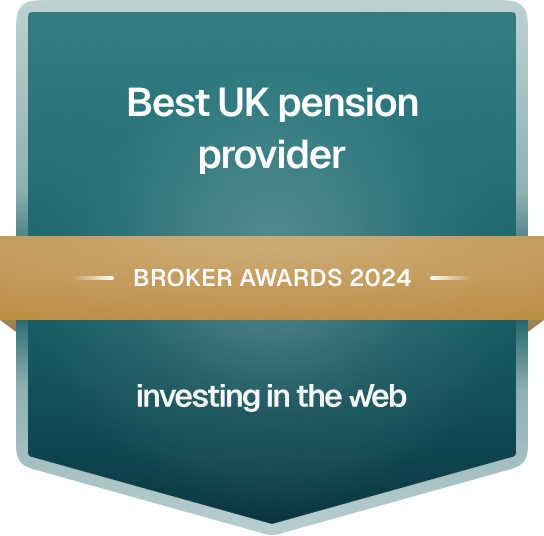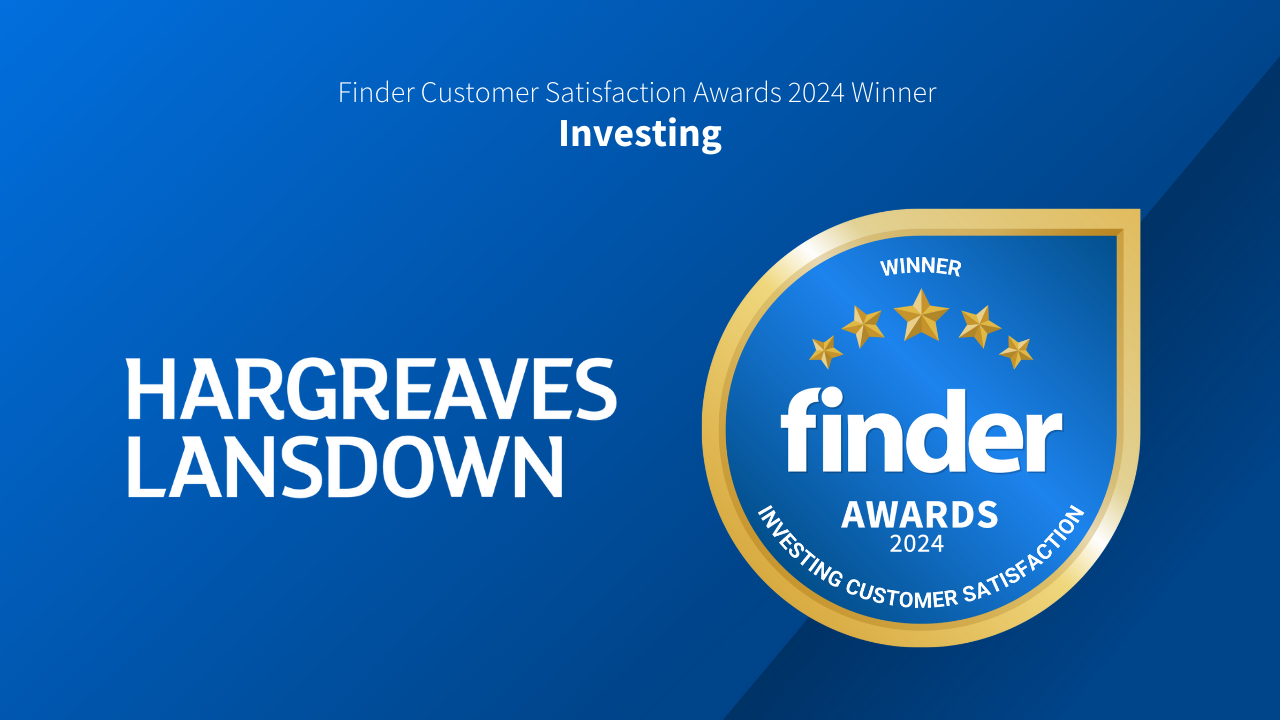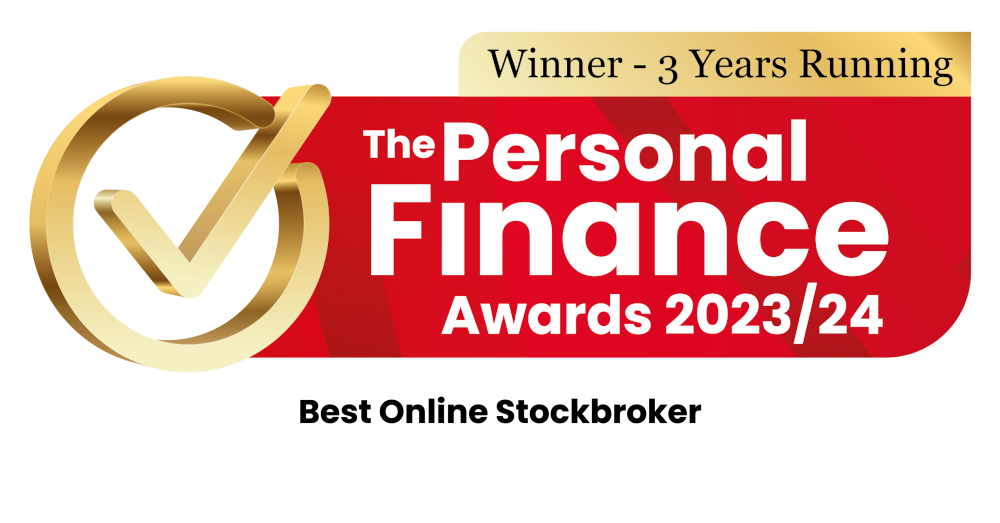
Investing for growth and later life
Time is your greatest asset when it comes to growing your investments for later life. Factors like compounding, pension contribution levels, the types of accounts you use and your capacity to take on risk can significantly impact your future wealth, and eventually your retirement pot.
Important Information: This isn’t personal advice. All investments can rise and fall in value, so it’s possible to get back less than you invest. Remember past performance doesn't predict future results.
Building your portfolio and investment strategy
Assess your financial foundation
- Save 3-6 months’ worth of essential expenses (like rent and groceries) in an easily accessible account to cover unexpected costs.
- Determine how much you can invest each month after meeting your everyday needs.
Craft your investment strategy
- When building your portfolio, you might use equities for higher potential rewards (with higher risk) and balance that with bonds for stability and lower-risk returns. You can also invest in funds, where a manager selects investments based on the fund's common aim, or choose ready-made portfolios for a more hands-off approach.
- Keep cash for short-term needs (next 5 years) and build an emergency fund to avoid disrupting your investment plan.
Review regularly
- Regularly review and adjust your investment strategy to keep it aligned with your goals. Remember, all investments can fluctuate in value.

Diversify investment accounts
You could explore options like Stocks and Shares ISAs, Self-Invested Personal Pensions (SIPPs), or General Investment Accounts (GIAs) for long-term growth potential and portfolio diversification.

Optimise cash savings
Consider splitting your cash between easily accessible bank accounts, fixed-term savings accounts or cash ISAs to make the most of interest rates on offer and tax-efficient saving options.
Investment ideas for growth
The first three investment ideas have been selected by our research experts for their growth potential. However, they are not personal recommendations. When choosing investments, ensure they match your objectives and fill a specific need in your portfolio. Understand the risks of each investment and aim to diversify your portfolio to help mitigate risk.
Remember, all investments can rise and fall in value, so you might get back less than you invest. If you’re unsure about an investment, ask for investment advice.
Legal & General Future World ESG Emerging Markets Index
- Strategy: Emerging markets equity fund with a focus on ESG principles, tracking the Solactive Legal & General Enhanced ESG Emerging Markets Index. Excludes companies violating UN Global Compact Principles and those involved in controversial weapons, tobacco, thermal coal, and oil sands.
- Use: Long-term growth potential within a diversified portfolio, particularly for investors focused on responsible investing in emerging markets.
- Specific risks: High risk and volatility due to exposure to emerging markets. The fund invests mainly in large companies but may also invest in smaller companies, increasing risk. Tracking an index limits flexibility during market downturns.
BNY Mellon Multi-Asset Balanced
- Strategy: Mixed-asset fund investing in a blend of shares, bonds, and cash, with a focus on shares (70-80% of the portfolio). Primarily invests in developed markets, with a preference for government bonds over corporate bonds.
- Use: Could be a core holding in a diversified portfolio, aiming for steady, long-term growth with lower volatility compared to equity-only funds.
- Specific risks: Lower returns than pure equity funds due to diversification. Investing in smaller companies, and the option to invest in high yield bonds, emerging market companies, and to use derivatives, introduces additional risk.
Rathbone Global Opportunities
- Strategy: Global equity fund focusing on long-term growth by investing primarily in developed markets. The fund managers seek out under-the-radar companies with growth potential, including some medium-sized companies.
- Use: Suitable for an adventurous portfolio aiming for growth, or as a complement to funds focused on emerging markets or value investing.
- Specific risks: Performance is closely tied to the growth investing style, which may be out of favour at times. Investing in smaller companies increases risk. Limited exposure to emerging markets and a focus on growth means a long-term investment horizon is necessary.
HL Adventurous Managed
- Strategy: An adventurous fund focused on long-term growth, investing in a diversified portfolio of shares from developed and higher-risk emerging markets. The fund is actively managed, with regular rebalancing to stay aligned with market opportunities.
- Use: Could be considered by investors with a higher risk tolerance seeking maximum growth potential. The fund is designed to capture the full upside of global equity markets, with volatility levels closely aligned with the MSCI All Countries World Index.
- Specific risks: Its focus on equities and high volatility means it may experience larger swings in value, especially during market downturns.
This fund is managed by Hargreaves Lansdown Fund Managers Ltd, part of the Hargreaves Lansdown Group. If you invest, HL will receive the fund's management charge, as well as the platform fee.

Get advice on your investment choices
If you're not sure how or where to invest, you should consider getting advice from a professional.
Our financial advisers can work with you to understand your investment goals, risk appetite and affordability to create an investment portfolio to match your needs and align to your financial goals.
Employed vs self-employed strategies
Employed:
Consider prioritising maximising employer contributions to your workplace pension. It could significantly boost your retirement savings and tax relief.
These pensions are usually invested in well diversified funds, providing a stable, cost-effective base.
Building a personal investment portfolio alongside your workplace pension could let you take more risks for higher returns.
Self-employed:
Your business is probably a key part of your portfolio, whether you plan to sell it for a lump sum or draw dividends in retirement.
You’ll need to balance business risks with a diversified spread of personal investments.

Investing in the Web's Global Broker Awards 2024

Finder Awards 2024

The Personal Finance Awards 2023/24
Help and support
Take a look at our most frequently asked questions for quick answers.
If you need more assistance or have specific questions, please contact us.